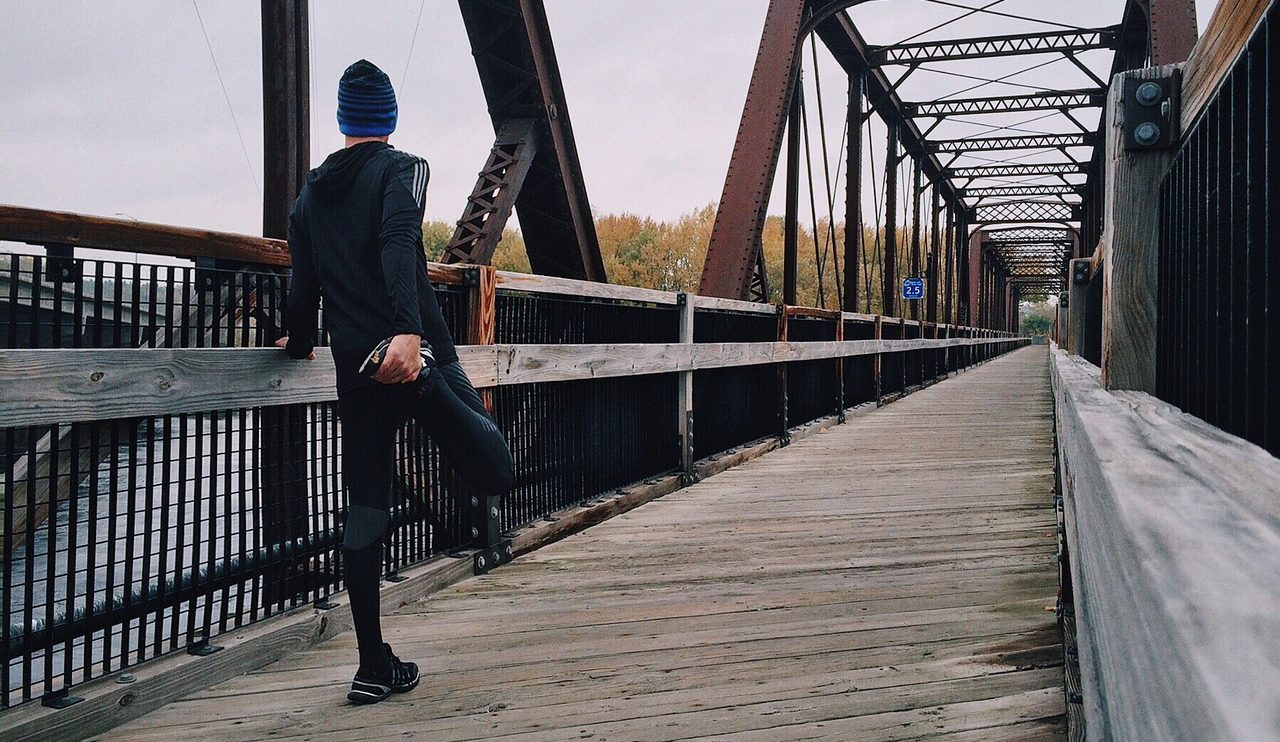 Knee Health
Knee Health
Runner’s knee (Patellofemoral pain syndrome or PFPS for short) is a syndrome commonly spread among athletes, hence the name. Though it is referring mainly to runners, even cyclists, basketball players and anyone else who is spending a lot of time on their feet and needs to bend the knees a lot, can develop a runner’s knee. The pain, that can vary anywhere from quite mild to severe, comes from the back of the kneecap being in contact with thigh bone. The main treatment for runner’s knee is to just strengthen your muscles, especially your quads which are the main ones to blame for causing the syndrome.
Symptoms of runner’s knee
The main warning sign, as you could have imagined, is pain which will occur in front, behind or around the kneecap. The exact location might be quite hard to identify as the pain is pointed towards the center. The pain will strike mostly when you are bending your knees, are doing some physical activities like jogging or jumping and it can even start bothering you when you are walking downstairs or downhill. Besides pain you might experience a grinding or a cracking feeling and it might seem as if the knees are giving out. The knee might be a bit swollen as well.
Causes of runner’s knee
There are a number of reasons that are behind runner’s knee, often there is no single cause that could carry the blame alone. Sometimes, runner’s knee can be solely the result of muscular or biomechanical issues like having weak quadriceps, issues with patella overall or having worn cartilage.
Besides weak thigh muscles and some genetic conditions, runner’s knee can be caused by overuse. If you do repetitive exercises and you are putting too much stress on your knees, it can damage the joints. As with any other knee-related issue, runner’s knee can also be developed due to a hit to the knee, like falling or getting hit by some hard object.
How to treat runner’s knee?
Fortunately, there’s a lot you can do to treat the runner’s knee easily. First and foremost, you have to give the knee some rest. Avoid physical activities and repetitive exercises as much as you can. Do a cold compress to relieve the pain and wrap the knee with bandage so it’s nicely supported. Also, don’t forget to take some anti-inflammatory products such as ibuprofen or just some ginger tea. If you have rested a bit, you can start thinking about strengthening your muscles again. Keep in mind that in case the knee pain caused by runner’s knee doesn’t go away you should contact a doctor.
Fortunately, there are some ways for avoiding runner’s knee. The key is to keep your muscles strong with regular well-balanced exercise and maintain a healthy weight. Good shoes are as important as your exercise regimen – wear only high quality shoes and if necessary, wear shoe inserts that give your legs more support. With following just these few pointers you should be able to avoid developing this inconvenient syndrome.
